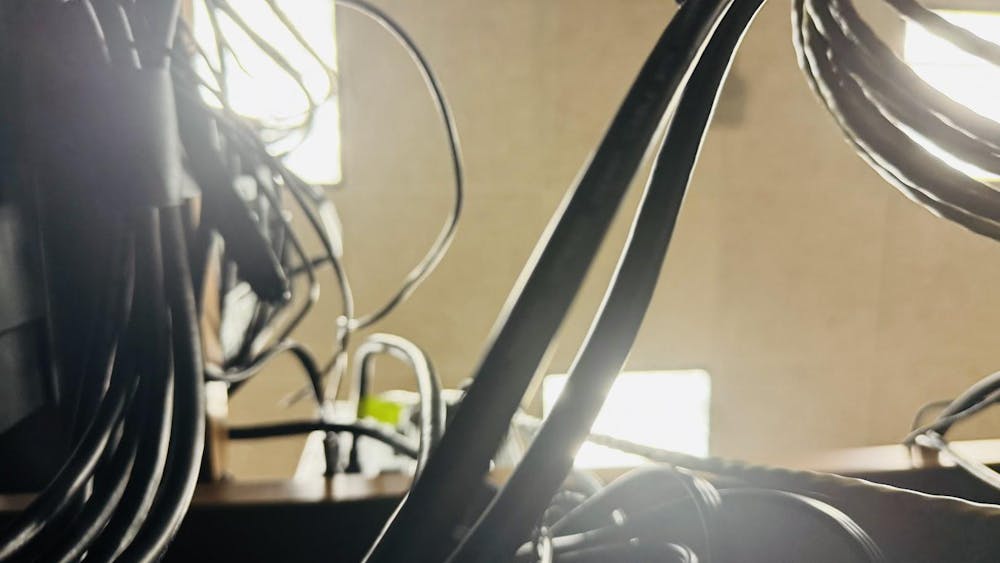People inevitably respond in one of two ways after learning that I am in the Taiwanese Student Association (TSA): either a short and simple “what,” “why” or “how” in a rising tone, or a shorter and simpler “oh” or “cool,” and dead silence ensues.
Without exception, those who respond in the former manner are my friends with decent knowledge about the entangled dynamics between mainland China and Taiwan. Intrigued and bewildered, they dig deep to find out why a Chinese girl would join a Taiwanese student club.
While most mainland Chinese people believe that Taiwan is part of China, an increasing number of Taiwanese people have leaned toward independence in recent years. Bearing this understanding in mind, my freshman self did not even consider joining TSA — I reasoned that this club would not welcome a mainland Chinese student and felt uncomfortable about its existence as separate from a Chinese student club.
What changed my mind was my two-month stay in Taipei for a research project. As I actively made Taiwanese friends and listened to their perspectives, I learned to appreciate their oftentimes different viewpoints and discovered some fascinating variations in our shared culture. My previous ignorance of Taiwan was supplanted by an emotional bond that made my decision to become part of TSA unsurprising.
But it was after I joined TSA that I realized how much mainland Chinese students could benefit from this club and contribute to it.
For me personally, I have learned from the club’s commitment to inclusion and have worked to facilitate further collaboration. At TSA, I never felt that my Chinese identity posed any barrier between other members and me. Our club also focuses on hosting events that promote culture shared in the Greater China Region — the Mid-Autumn Festival and the Lunar New Year, just to name a few. Being in such an inclusive environment, I learned to appreciate different cultures even more and help with collaboration with other institutions and cultural clubs on campus to foster greater inclusiveness.
At the same time, mainland Chinese students can contribute to TSA in a unique way. I vividly recall a club design idea that could be politically controversial from a mainland Chinese perspective. Based on an aesthetic consideration, one of the club officers suggested to incorporate the flag of Republic of China (Taiwan) — a red flag with navy blue canton bearing a white sun with 12 triangular rays — into our new club logo. As the only Chinese person on the officer board, I pointed out that this particular flag was considered insensitive by many Chinese people as it conveyed support for Taiwan’s independence. We soon collectively decided to use images of black bears, bubble tea and other more cultural elements for the new logo. Since many TSA members possess more knowledge about Taiwan, mainland Chinese students can offer a different and valuable perspective to TSA.
Yet, despite benefits that come with integrating mainland Chinese students into TSA, my friends’ surprise at my presence at TSA reveals an understandable yet sad assumption of the default non-engagement between Chinese and Taiwanese students. As Chinese and Taiwanese students share the same campus space, it is unhealthy for us to separate from each other. Understanding only comes with interaction, and with understanding comes friendship and possible moderation in position on both sides.
This assumption, however, is merely one of the many that exist on our campus, as some of my fellow Notre Dame students still hold fixed ideas about whom to befriend. Yet, getting to know and working with people from different, and even what are perceived to be opposing, backgrounds is rewarding — at least I can testify from my experience with TSA.













